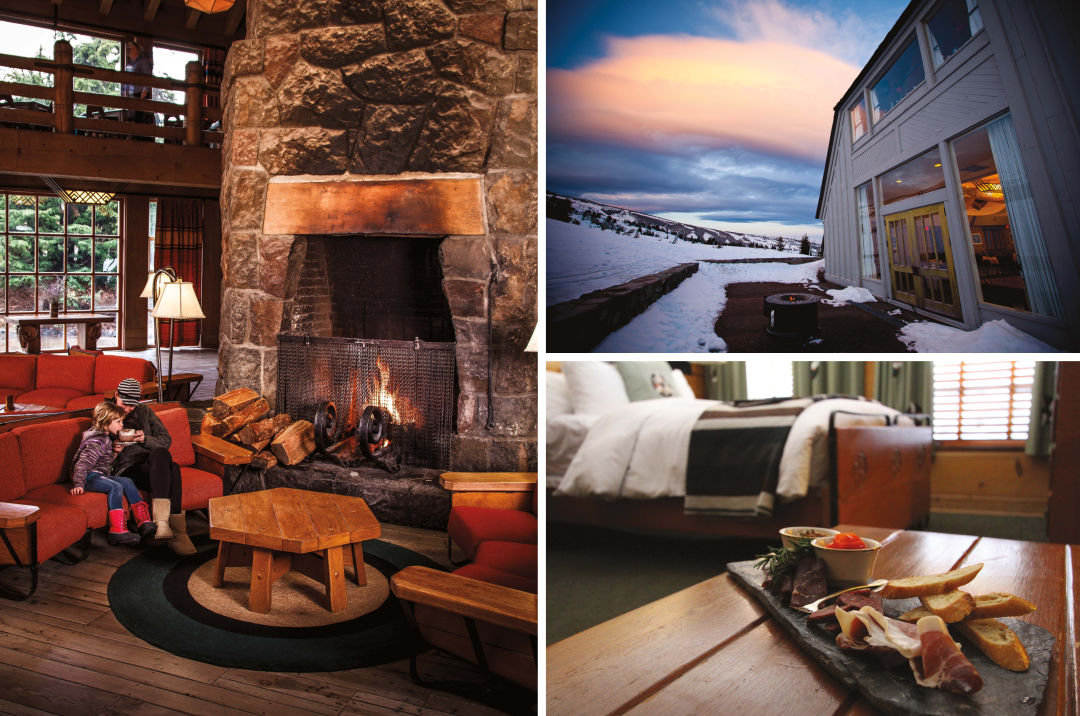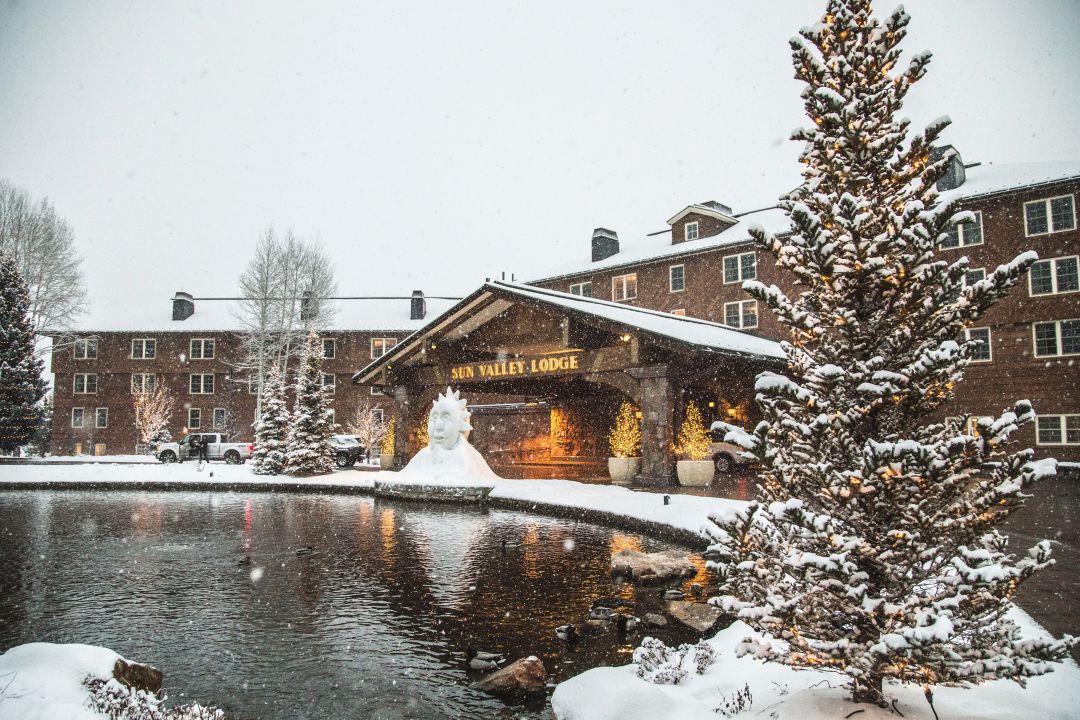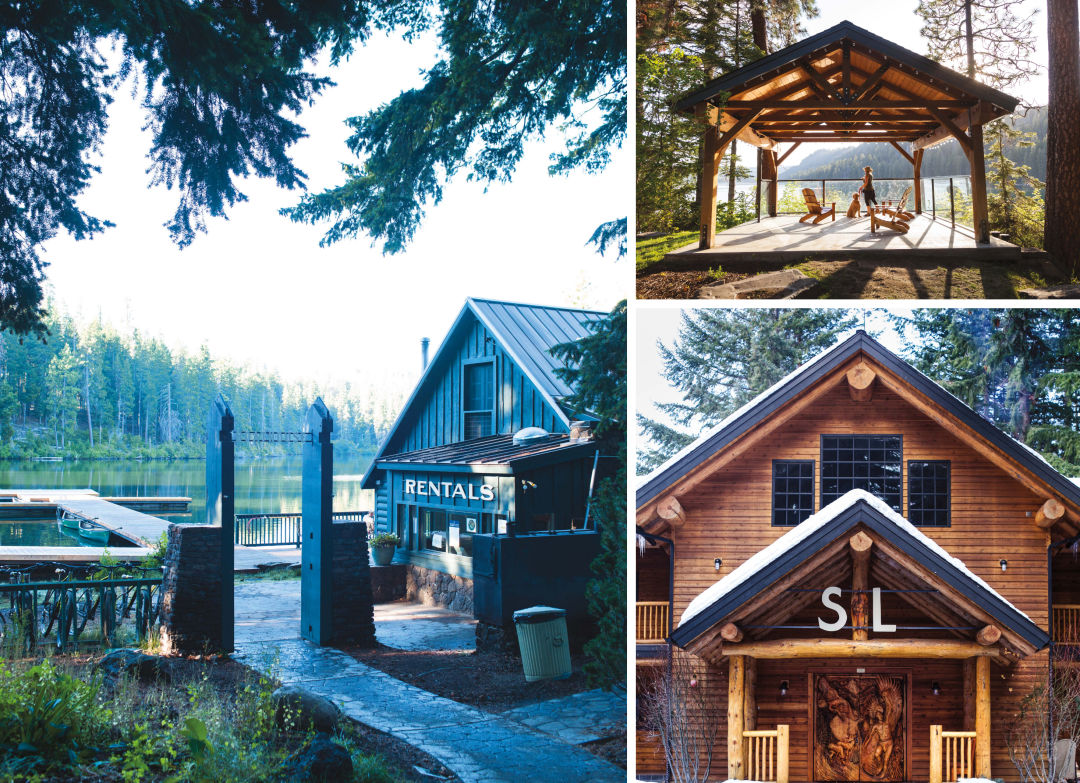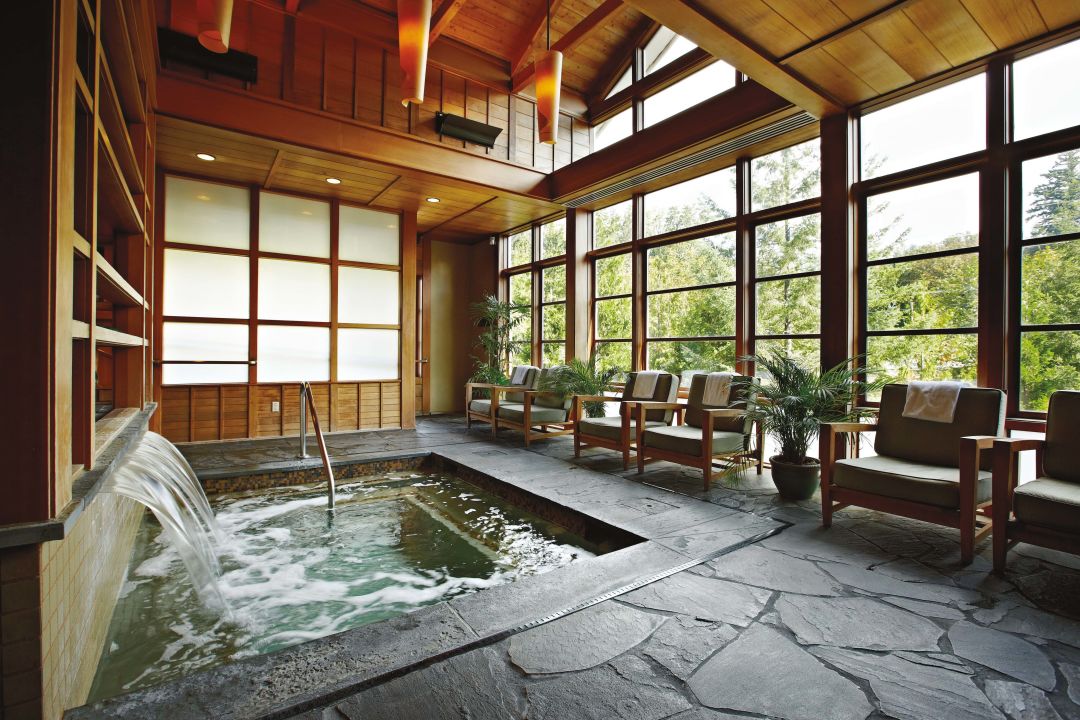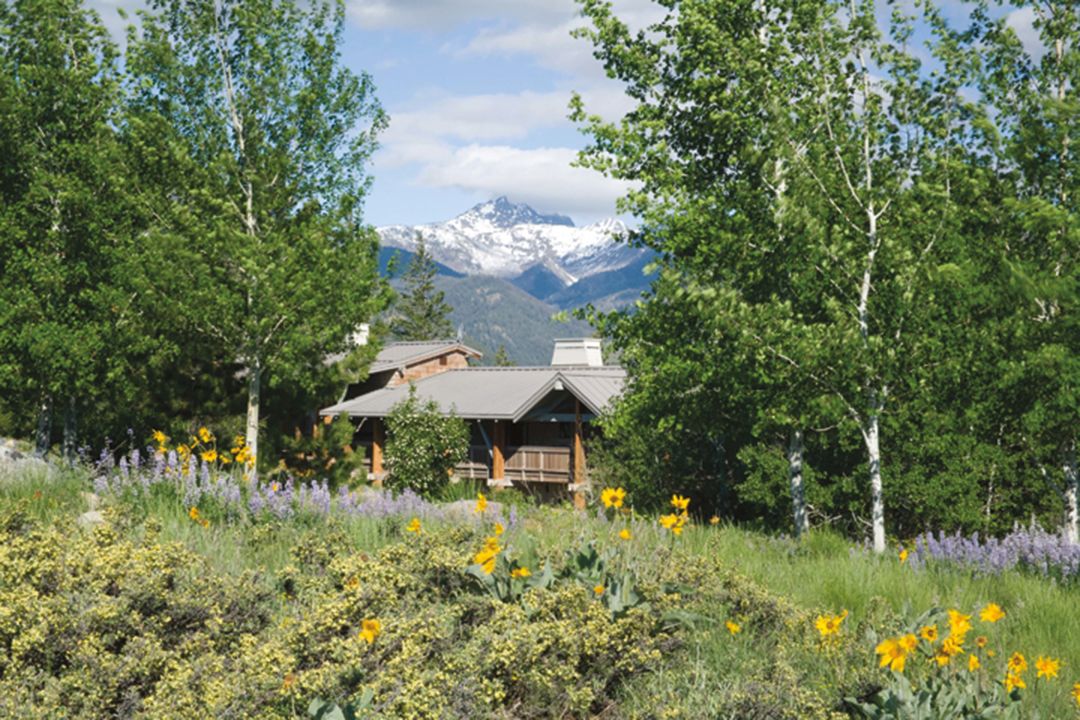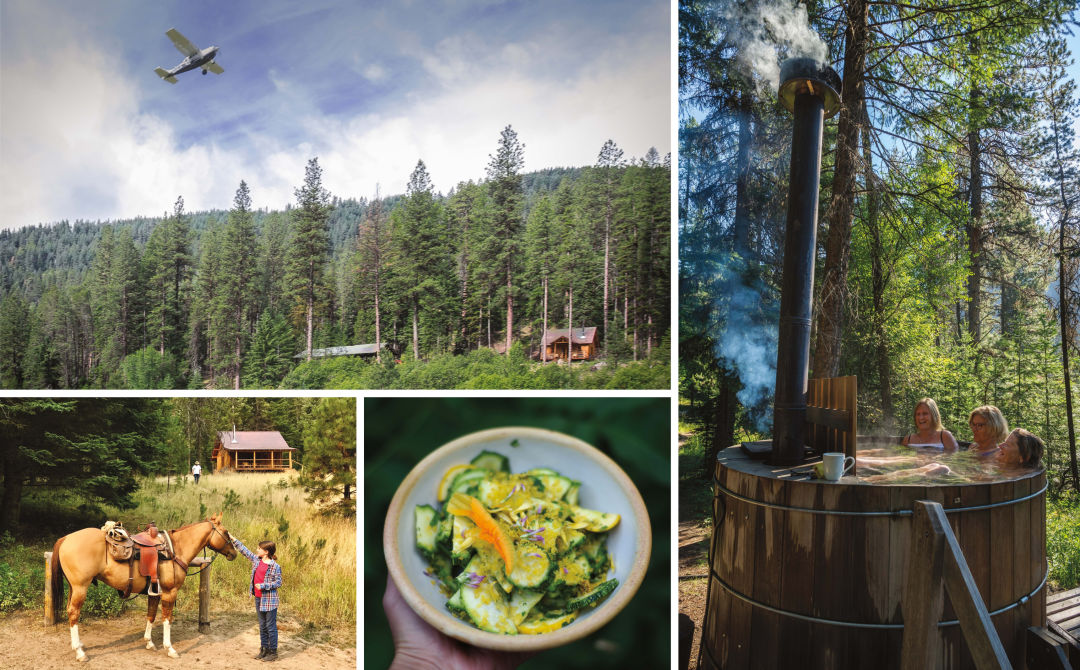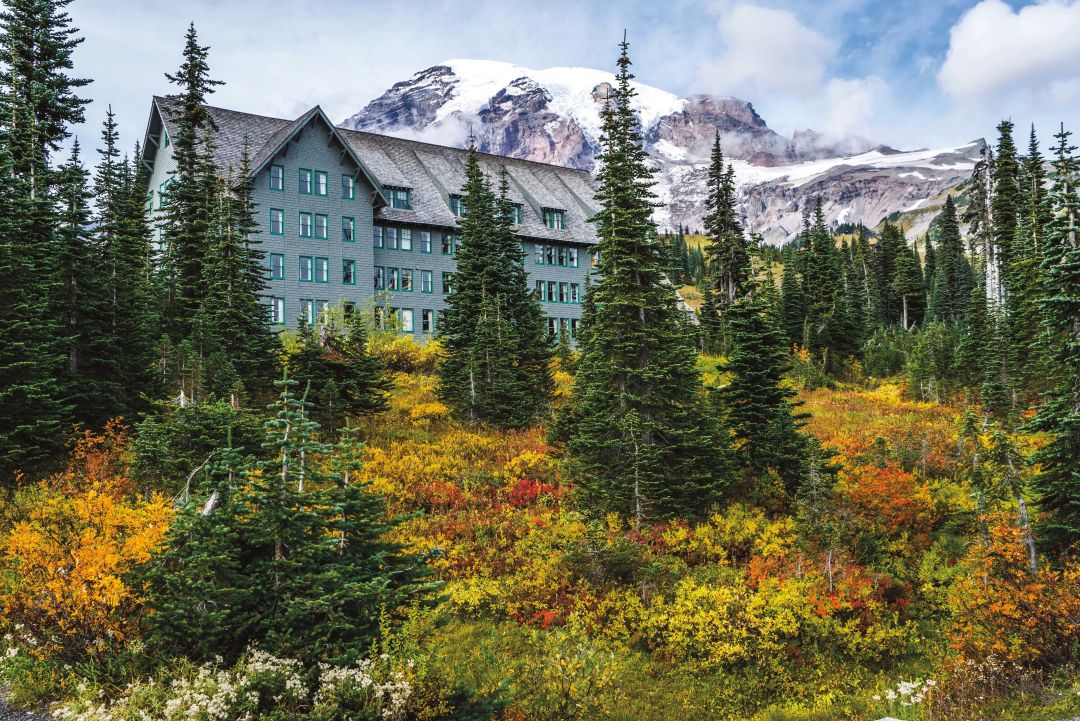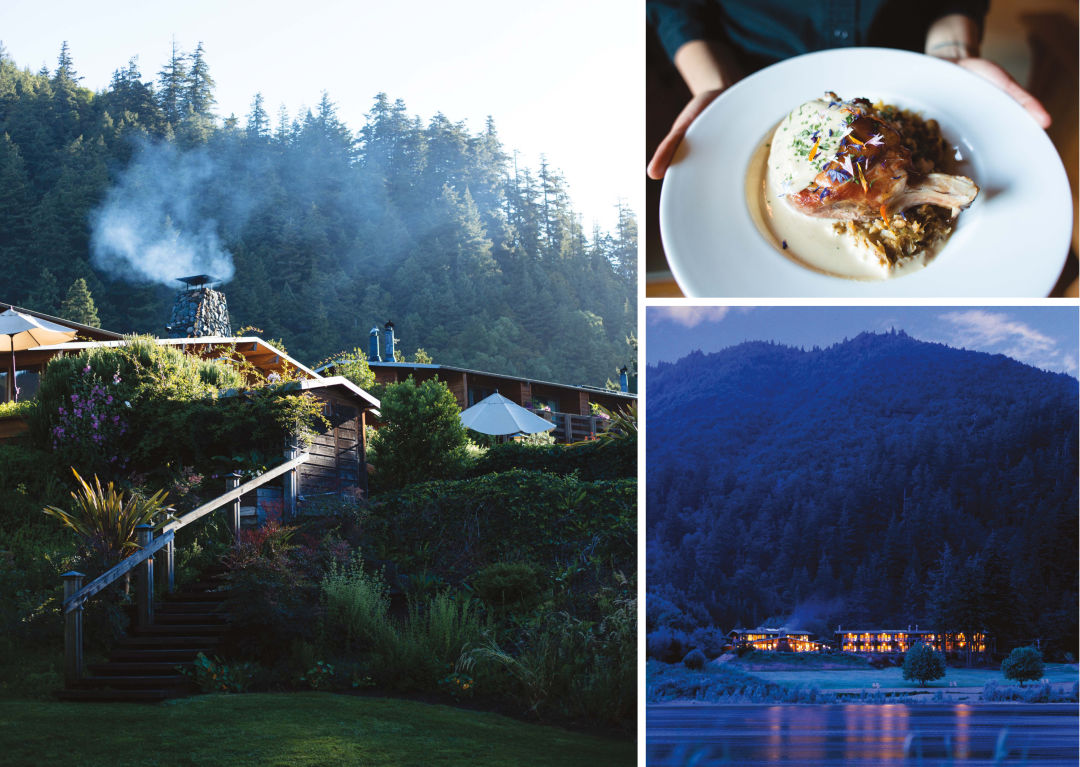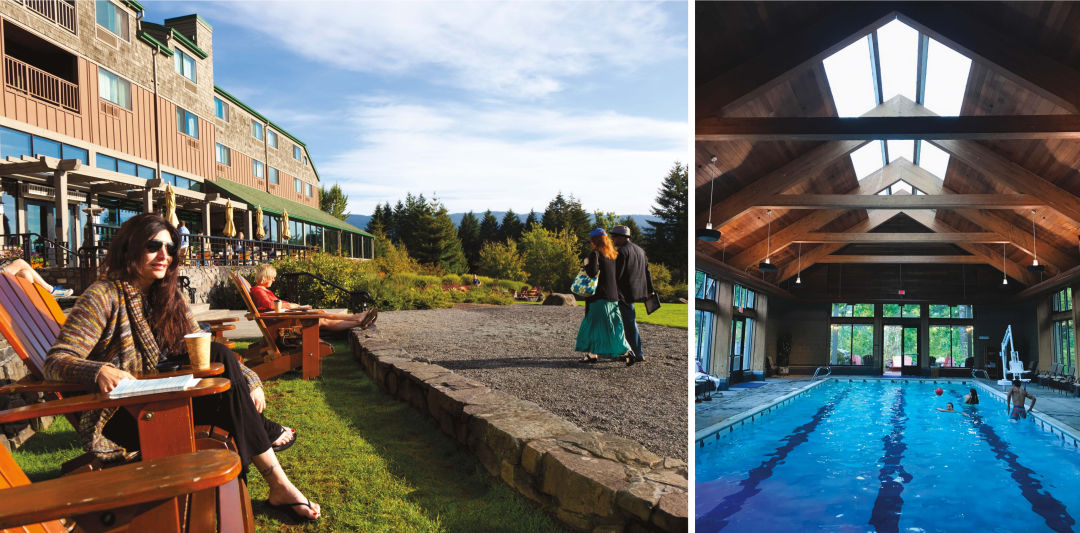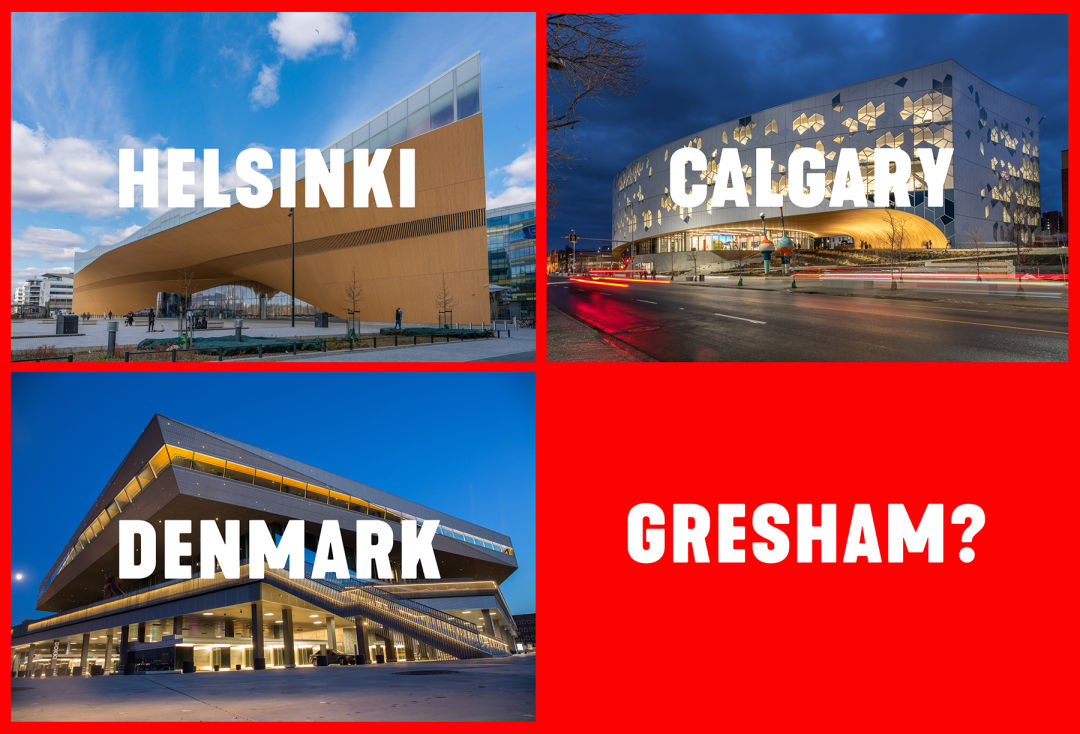PRETTY MUCH all of Portland’s more than 150 parks have a claim to fame. That’s what made it so difficult to narrow down this list—we could fill the rest of the pages in this magazine with our thoughts on where best to play disc golf (Pier Park) or go geocaching (there’s an easy one under a rhododendron bush at Laurelhurst Park, we just happen to know) or join a group of highly enthusiastic adults in a pickup kickball game (head to Sewallcrest Park for that one). Read on for 31 more of our favorites, best in class among a very classy field.

Best Park for Extreme Sports
Portland preens over its cycle-friendly self on the regular, but mountain bikes and the people who love them were very much left out of the commute-by-bike renaissance of the 2000s and 2010s. Gateway Green Park, sandwiched between I-205 and I-84 in outer Northeast Portland, is the city’s first serious attempt to engage the cyclocrossers and single-track enthusiasts—and it’s the stuff that YouTube compilation video dreams are made of. Your first tip that this park means business? You can’t drive there—the only way in is by foot or by bike, via the I-205 bike or pedestrian path. Once you’re in, prepare for serious shredding, via a bumpy pump track, rock ledges for getting tricksy or practicing your balance, a skills trail for facing off against buddies, and several miles of natural surface trails. Skateboarders, meanwhile, will peel off to nearby Gateway Discovery Park, where a giant concrete bowl awaits, complete with steps, rails, and ledges built for showoffs. West-siders have easier access to the compact Holly Farm Park with a 2,800-square-foot space with swoops and spines to get you airborne (and hopefully down in one piece—wear those helmets and kneepads, please!). Meanwhile, parkour enthusiasts should make their way to Westmoreland Park early in the morning, before the nature playground is packed with the preschool set; the logs, boulders and streams there are primo for daredevil open-element obstacle leaping and bounding; the bark chips ensure a soft landing. —JS

Best Park for Views for Days
If you ever need to be reminded why you live in Oregon, there’s no quicker fix than to make tracks to a local park with a view of snowcapped peaks in the distance. On a clear day from the top of Southwest Portland’s Council Crest—the highest point in the city, at more than 1,000 feet above sea level—you can glimpse not just hometown favorites Hood and St. Helens but the more far-flung Jefferson, Adams, and Rainier. You can drive to the top during daylight hours, but it’s much more sporting to park in the surrounding neighborhood and hike one of a number of footpaths to the top, where there’s a grassy area to sprawl after you’ve finished taking in the view. For a less-heralded but no less lovely vista, make your way to Northeast’s Joseph Wood Hill Park atop the extinct cinder cone of Rocky Butte, where you can see out through the Columbia River Gorge to the east and take in most of the city to the west. Or catch the no. 15 bus and get off at SE 69th and Belmont, partway up beloved Mount Tabor, and then hike to the top and lurk until the single bench positioned for the best possible view of a distant Mount Hood is free. —JS

Best Park for Cooling Down on a Hot Day
Plenty of parks around town have tall, spreading trees under which you can grab a patch of shade on cloudless summer days. What makes Sellwood Park stand out? It just has so dang many such trees, plus easy access to the Willamette River to catch the breeze off the river, and proximity to one of the best-loved swimming pools in town. Sellwood Pool was the city’s first outdoor public pool, back when men and women still bathed on alternate days, and is still going strong 112 years later (though we mourn the loss of the Snow Dee-Lite cart, which used to post up outside the pool fence to sell all flavors of sno-cones). Show up early if you want to nab a lounge chair, or be prepared to hover like a hawk until someone leaves. Just across the Sellwood Bridge, sprawling Willamette Park lacks a pool of its own, but still has river proximity in its favor; easily launch a kayak here for a peaceful paddle down a serene stretch of the river. In North Portland, Columbia Park reigns as a prime location for a game of eagle eye or hide-and-go-seek—with an abundance of Douglas firs and linden trees, you’ll easily find a candidate to post up under while you dream the afternoon away. —JS

Best Park for Smelling the Flowers
Every yoga class opens and closes with a few deep, healing breaths, all the better to help you quiet your mind and achieve that blissful om state. Now consider how much more delightful it would be if that deep breath were outside, and you were inhaling not just the scent of your yoga class’s collective sweat, but the flowers that bloom in abundance all summer long. Washington Park is, of course, Portland’s calling card for scent-seekers. Believe the hype: The fragrance of the more than 10,000 rosebushes that bloom in the International Rose Test Garden over the course of a year is heady stuff. We’re especially partial to the Shakespeare Garden, which contains flowers and herbs name-checked in the Bard’s body of work. For a more off-the-beaten path experience, head east on Powell Boulevard to the Memory Garden at Ed Benedict Park. Specially designed for those with Alzheimer’s and dementia, and their caregivers, the park hosts flowers that can spark transporting memories just as music does. Plants here are purposely oldies-but-goodies: fragrant lilacs, climbing roses, herbs and geraniums. At the next-gen Cully Park in Northeast Portland, a walk through the Native Gathering Garden yields scents of camas, sweetgrass, and other plants that remain integral to the region’s Indigenous tribes. —JS

Best Park for Flying a Kite
Some of Portland’s sweetest parks are compact affairs, where you’ll trip over lovers smooching on a blanket or overly enthusiastic hackey-sackers. Not quite so much with these wide-open spaces, which sport enough room to run like the wind while you hopefully hoist your kite, trying to achieve liftoff. Northeast’s Fernhill Park will give you some exercise while you’re at it as you huff and puff your way up and down its rolling terrain. The Fields, one of a string of chichi parks in the Pearl District, is flat as a pancake, but has a strategic location in a condo-generated wind tunnel. —JS

Best Park Quinceañera/Engagement/Family Pictures
That dream where you’re Toni Braxton in her “Breathe Again” video, running along the hedges in a billowing ballgown, a grand fountain tinkling in the background? It all comes to life in Peninsula Park, in North Portland’s Piedmont neighborhood. Show up to this geometric rose garden, opened in 1913, in your quinceañera dress with a photographer and entourage, and expect to be interrupted by small children demanding to know if you’re a “real princess.” If you’re nervous the rosebushes in the sunken garden might snag your dress, the bandshell that overlooks the flowers and fountain is a thorn-free option. (You just might run into an actual band practicing there—the covered space saw many an impromptu outdoor rehearsal during the pandemic.) For more French castle than English garden, line up your shot instead under the St. Johns Bridge at Cathedral Park, so you’re framed by the nested arches of the bridge supports and the green blanket of Forest Park on the other side of the Willamette. Celebrate your love for urban density with a shot from Tanner Springs Park in the northern reaches of the Pearl District, where you can choose from a background of condo towers, the Fremont Bridge, or the industrial-chic wall made from railroad tracks. —MS

Best Park for Canine Companions
Howl it from the hilltops: Portland is a canine Valhalla, with more than 30 off-leash zones in city parks in which to bound untethered. Northeast’s Normandale Park is famed in furry circles for its three separate fenced-in areas, allowing smaller pooches to socialize separately while their larger counterparts get ample runway. On the opposite side of the city, Gabriel Park in deep Southwest boasts two off-leash, fenced-in spaces—one for summer and one for winter—and a snazzy skatepark besides, not to mention plenty of shade, rolling hills, a community garden, and a playground for your human offspring while their four-legged friends explore the seasonal domains. North Portland’s Chimney Park is another popular enclosed alternative with a wood-chip walking path surrounding the play area and just the right smattering of trees for shade and stick-finding. Non-bolters should check out Irving Park—its sweet hilltop, off-leash romping pad makes for a relaxed neighborhood gathering spot.—FMcC

Best Park for Bird Nerds
TBH, the King Kong of Portland’s parks system, Forest Park, could claimed every other superlative on this list. At 5,100 acres, it’s one of the country’s signature city nature parks, vast enough that you can easily find solitude within its sprawling network of trails (unless you decide that the first sunny Saturday of spring is your moment to hike to Pittock Mansion). Don’t believe us? Ask the birds who congregate in the park; Portland Audubon says you should keep your eyes peeled for the northern pygmy owl, and the Steller’s jay, among others. Across town, Powell Butte Park is a far less treed landscape, which ups your chances of spotting majestic birds like bald eagles and western red-tailed hawks as they wheel through the sky. —JS

Best Park for Playgrounds
Newbie parents often find their way to the toddler-focused zone at Northeast’s Wilshire Park, where the sand pit and wooden vehicles provide blessed moments of respite. Kids of all abilities will love the specially designed inclusive play areas at Arbor Lodge Park and Couch Park, with slopes, ramps, climbing walls, adaptive swing sets, and interactive sensory elements including musical instruments. Newer additions to the playground block include Kʰunamokwst Park with its riverine water feature, beginners’ skate park, and a ramp-accessible play structure, and Spring Garden Park, with a scrambly boulder water feature for sticky summer days, a kid-friendly public art installation by Swedish-born, Portland-based nature artist Hannes Wingate dubbed “The Nest,” and a futuristic play structure. —FMcC

Best Park for Picnics
While not an official park, the city-owned grassy area along Mocks Crest atop the Skidmore Bluffs is an official picnic destination. Located a half-mile walk from the Yellow MAX Line’s N Prescott stop (we highly recommend transit or biking—parking on Overlook’s dead-end streets is no fun, and feels downright unneighborly), the perch looks out over Swan Island and the Willamette across to downtown and Forest Park. Throw a camera in your picnic basket, and linger for a stunning sunset. Energetic kids in tow? There’s not much room to run around on the Bluffs, and the steep slope presents perils, so head instead to Luuwit View Park, in Northeast’s Argay neighborhood. Book the massive picnic shelter, claim one of the tables scattered on the lawn, head down the hill for grouped tabled and grills next to the climbing wall and skatepark, or just spread out a blanket on the 16-acre property while the kids attack the playground. No matter where you settle, mountain peaks (including the park’s namesake, a.k.a. Mount St. Helens) and airplanes bound for PDX are the backdrop. —MS
For this and similar articles, please visit Portland Monthly








